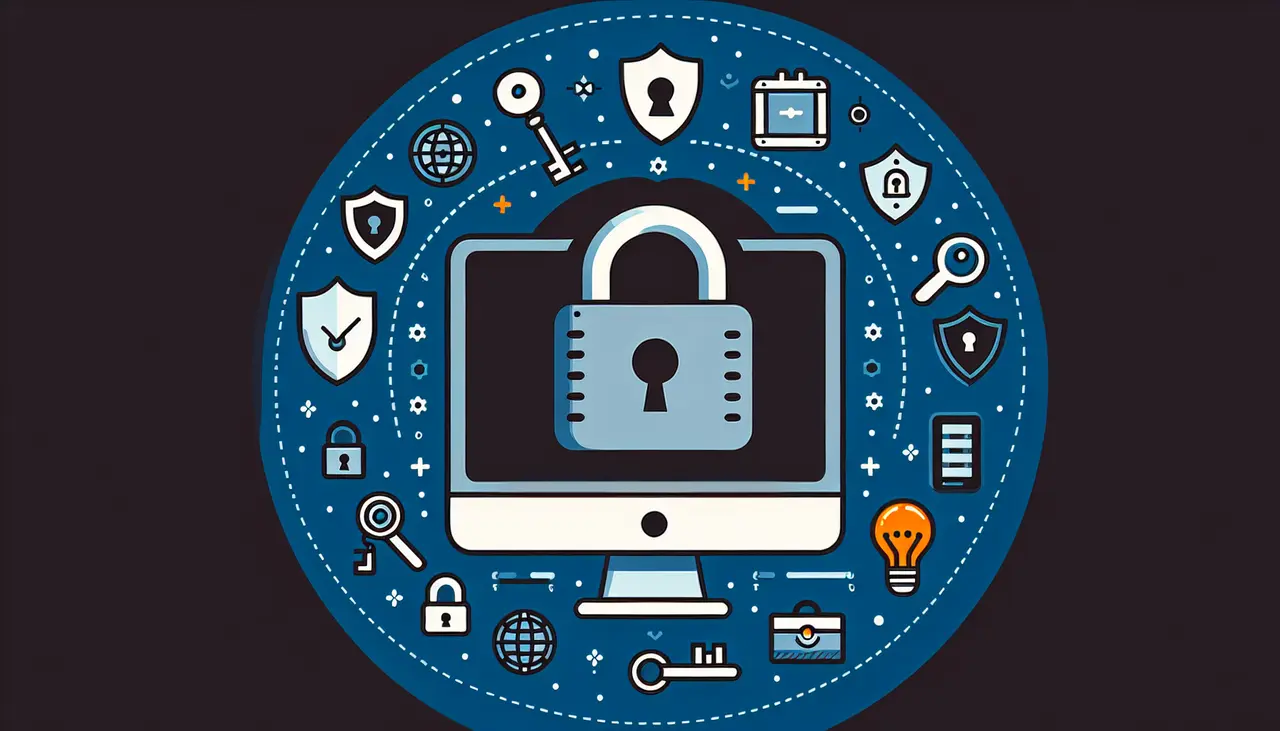In today’s digital world, cybersecurity is a critical concern for small businesses. With the increasing number of cyber threats, it’s essential to implement best practices to protect your business from potential attacks. This FAQ guide will walk you through the steps to boost your cybersecurity efforts and safeguard your business.
Understand the Importance of Cybersecurity
It’s crucial for small businesses to comprehend the potential impact of cyber threats. This includes financial losses, damage to reputation, and a loss of customer trust. Recognizing the importance of cybersecurity sets the foundation for creating effective strategies.
In the era of digital transformation, cyber threats are not something small businesses can afford to ignore. Every time a hacker gains access to your network, your company stands to lose substantial amounts of money—not to mention the trust of your valued customers. Understanding the intricacies of cybersecurity is foundational to formulating an effective defense.
While large corporations make news with high-profile breaches, small businesses are just as vulnerable, especially as cybercriminals often see them as easier targets. Therefore, comprehending the full scope of the threats you face is a vital first step in your cybersecurity journey.
Conduct a Risk Assessment
Identify and evaluate the main risks to your business. This involves understanding which data is most vulnerable and what kind of cyber attacks your business is most susceptible to. A thorough risk assessment helps in prioritizing security measures.
Conducting a risk assessment involves reviewing your company’s digital assets to pinpoint weaknesses that could be exploited by attackers. It’s not just about safeguarding sensitive financial data but also securing other information that could be used to compromise your operation or customer trust.
Engage with cybersecurity professionals who can offer valuable insights into the specific threats pertinent to your sector. With this tailored understanding, opportunities for malicious actors can be significantly minimized.
Implement Strong Password Policies
Enforce strong, unique passwords for all accounts, and utilize two-factor authentication where possible. Educate your employees on the significance of password security and periodically update company-wide passwords.
Weak passwords are like open doors to your most sensitive systems. Encourage the use of complex passwords and multi-factor authentication to fortify your defenses.
Regular updates and reminders about password best practices can foster a culture of security among employees, minimizing the risk of unauthorized access.
Use Reliable Security Software
Install up-to-date antivirus software and firewalls on all devices. Regularly update these tools to protect against the latest threats. Reliable security software acts as a barrier against various cyber threats.
Cyber threats are evolving every day. What protected you yesterday might not be sufficient today. Therefore, using reliable and routinely updated software is not just a precaution but a necessity for small businesses.
Set a schedule for software updates and maintenance tasks. This routine practice can fend off malware and ransomware effectively, ensuring a consistent defense.
Train Employees on Cybersecurity Practices
Conduct regular training sessions to educate employees about cybersecurity threats, such as phishing attacks and malware. Teach them how to recognize suspicious activities and the protocols to follow if they detect a threat.
Employees can be your strongest defense or your weakest link. Regular training helps in keeping them informed about the latest cyber threats and reinforces a security-minded culture.
Use role-playing exercises and real-world scenarios in training sessions. These practical lessons can heighten awareness and prepare employees to effectively identify and combat potential threats.
Create a Response Plan
Develop a comprehensive response plan for potential cyber incidents. This should include steps to contain an attack, methods to recover data, and contact information for any necessary cybersecurity support services.
Having a solid incident response plan can mean the difference between a swift recovery and a prolonged downtime. Fast response not only mitigates damage but also reassures stakeholders of your reliability.
Rehearse your response plan regularly to ensure all involved are aware of their roles and responsibilities during a cybersecurity incident. This preparedness can significantly reduce response time and impact severity.
Regularly Backup Data
Schedule automated and manual backups of your data to ensure critical information is not lost during a cyber incident. Store backups in secure locations, both on-site and off-site, to enhance data recovery processes.
Regular data backups are your safety net. Whether it’s due to hardware failure or cyberattacks, having your information securely stored and accessible elsewhere guarantees business continuity.
Embrace a consistent backup routine and review the restoration process periodically. This will ensure that, when required, data recovery can proceed without unnecessary delays or technical complications.
Securing Your Small Business
By following these best practices, small businesses can significantly increase their cybersecurity measures. This not only protects sensitive data but also builds trust with clients and partners. Staying informed and proactive is key to outsmarting cyber threats. For more comprehensive guidance, visit BRITECITY, where we offer expert solutions tailored to small business needs.
